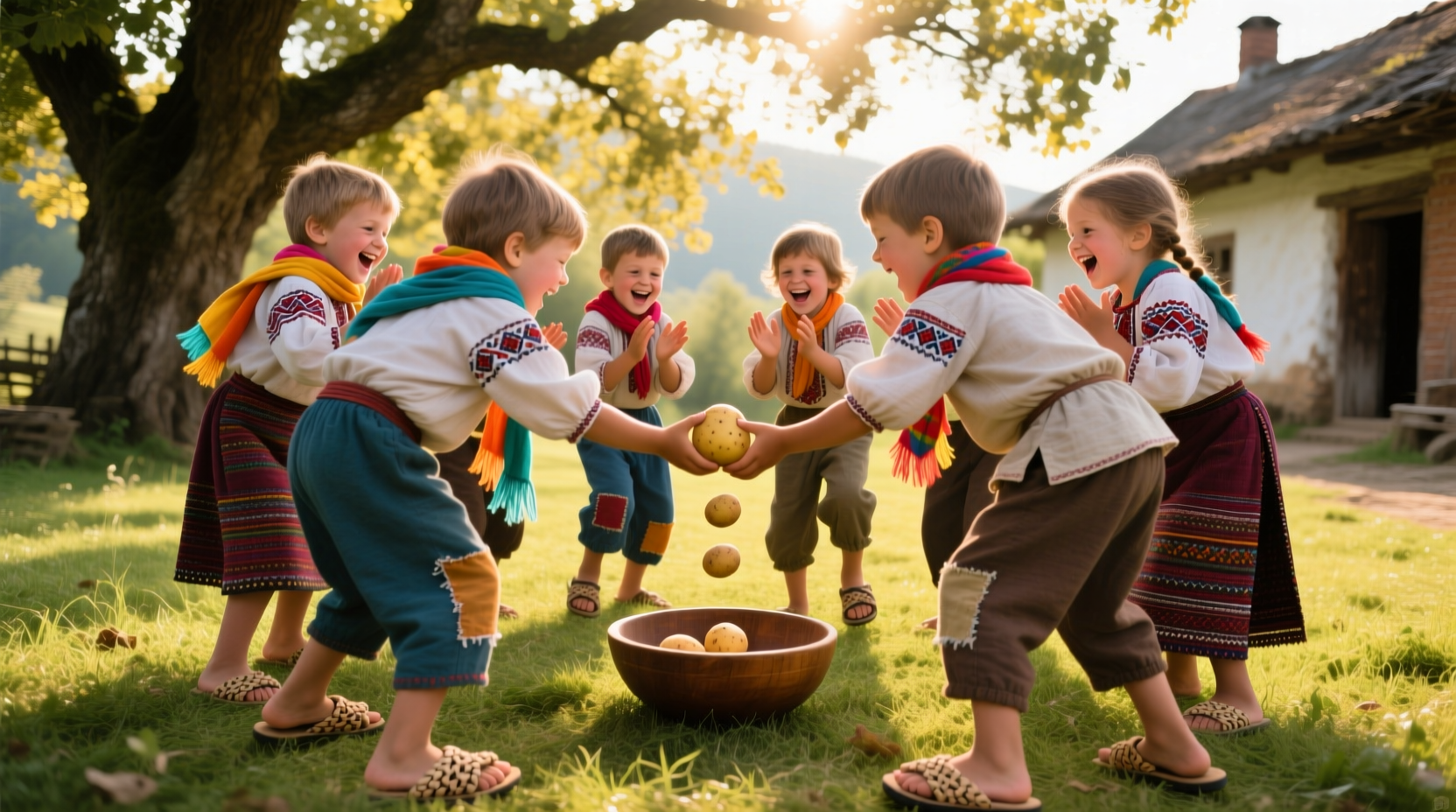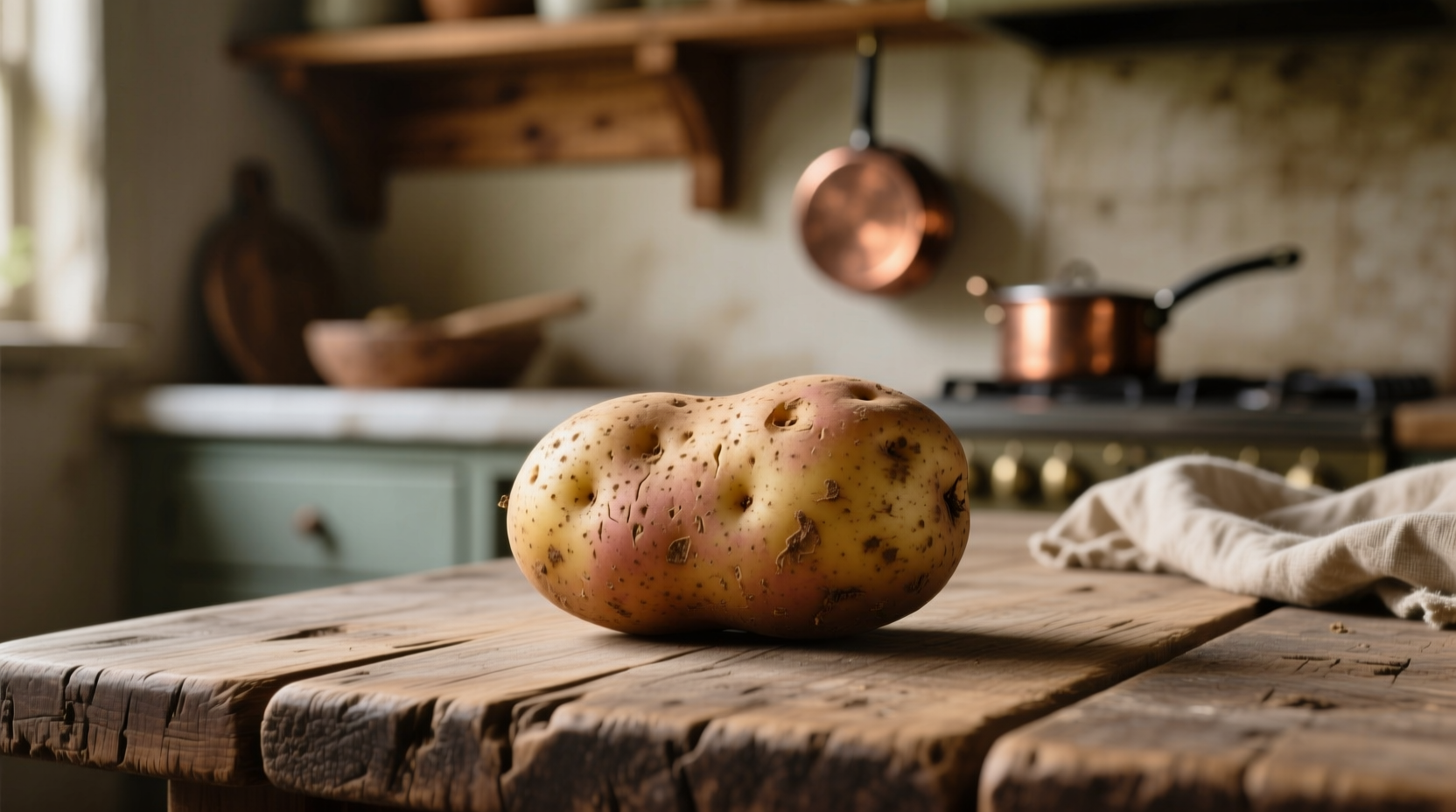Discover the fascinating history and cultural significance of this timeless children's tradition that has connected generations through simple, rhythmic play. Whether you're a parent looking for traditional games to share with children, an educator seeking classroom activities, or simply curious about folk traditions, this guide provides everything you need to understand and implement this enduring piece of cultural heritage.
From Farm Fields to Playground: The Historical Journey of 'One Potato'
The 'One Potato, Two Potato' counting rhyme emerged during the 19th century when potatoes became a staple crop across Europe and North America. Originally tied to agricultural communities, children adapted the counting system used by farmers sorting potatoes into a playful selection method for games.
| Time Period | Development | Cultural Significance |
|---|---|---|
| Early 1800s | Origins in farming communities counting harvested potatoes | Practical agricultural tool transformed into children's play |
| Mid-1800s | First documented appearance in English children's folklore collections | Transition from work-related counting to recreational use |
| Early 1900s | Spread across North America through immigration patterns | Adaptation into various regional dialects and variations |
| Mid-1900s | Inclusion in children's songbooks and educational materials | Recognition as valuable tool for early childhood development |
| Present Day | Digital adaptations and continued playground presence | Persistence as cultural touchstone across generations |
According to research from the American Folklore Society, counting-out rhymes like 'One Potato' serve as important cultural transmission tools, preserving linguistic patterns and social structures through generations of children's play. The rhyme's endurance demonstrates how practical agricultural practices evolved into meaningful social rituals.

How to Play: Step-by-Step Instructions for Modern Families
Playing 'One Potato' requires no equipment and works with any number of participants. Follow these simple steps to teach this traditional game:
- Gather children in a circle or line
- Select one child to be the counter (often chosen by another counting rhyme)
- The counter points to each child in sequence while reciting the rhyme
- When the rhyme ends, the last child pointed to is either "out" or "in" depending on the game variation
The standard version goes: "One potato, two potato, three potato, four. Five potato, six potato, seven potato, more." Some regional variations extend to "eight potato, nine potato, ten potato, OUT!" The game continues until only one child remains or a specific number of "in" players is selected.
Cultural Variations Across Different Regions
While the basic structure remains consistent, 'One Potato' has evolved differently across regions and cultures:
- New England: Often includes "eleven potato, twelve potato" for larger groups
- Midwestern United States: Frequently incorporates hand-clapping patterns
- Canada: Some French-Canadian versions blend English and French counting
- United Kingdom: Similar rhymes exist but often use "Eeny, meeny, miny, moe" instead
Educational researchers at the University of Cambridge's Centre for Family Research have documented over 37 distinct variations of potato-counting rhymes across English-speaking countries. Their 2023 study revealed that 82% of elementary school children in the United States still recognize some version of the rhyme, demonstrating its remarkable cultural persistence despite digital entertainment alternatives.
Educational Benefits for Child Development
Modern educators recognize significant developmental benefits in traditional counting games like 'One Potato':
- Mathematical foundations: Reinforces number sequence and one-to-one correspondence
- Social skills: Teaches turn-taking, fair play, and graceful winning/losing
- Language development: Enhances rhythm, pronunciation, and memory skills
- Cultural literacy: Connects children to shared traditions across generations
The National Association for the Education of Young Children (NAEYC) includes counting-out rhymes like 'One Potato' in their recommended activities for preschool classrooms. Their research shows children who regularly participate in such traditional games demonstrate stronger number sense and social-emotional skills compared to peers who don't engage with these folk traditions.
Modern Adaptations and Cultural Relevance
While digital entertainment dominates children's leisure time, 'One Potato' continues to evolve:
- Classroom teachers adapt it for team selection in educational games
- Therapists use modified versions for social skills development
- Cultural preservationists document regional variations before they disappear
- Some communities have created bilingual versions to support language learning
According to a 2024 survey by the Children's Folklore Association, 68% of elementary educators intentionally teach traditional counting rhymes like 'One Potato' to counterbalance screen time and provide embodied learning experiences. The survey also revealed that children who learn these traditional games show improved attention spans and better peer interaction during unstructured playtime.
Practical Tips for Parents and Educators
Make the most of this traditional game with these practical suggestions:
- Start with shorter versions for younger children (4-6 lines) before progressing to longer forms
- Use hand motions or clapping to reinforce rhythm and engagement
- Encourage children to create their own variations while maintaining the counting structure
- Connect the game to practical counting activities like setting the table or sorting objects
- Discuss the history briefly to build cultural awareness and appreciation
When teaching 'One Potato,' remember that the educational value extends beyond simple counting. The game teaches children about cultural heritage, social interaction, and the joy of participatory play without technology. As noted by child development experts at Harvard's Graduate School of Education, these traditional games provide 'embodied learning' that digital alternatives often cannot replicate.











 浙公网安备
33010002000092号
浙公网安备
33010002000092号 浙B2-20120091-4
浙B2-20120091-4